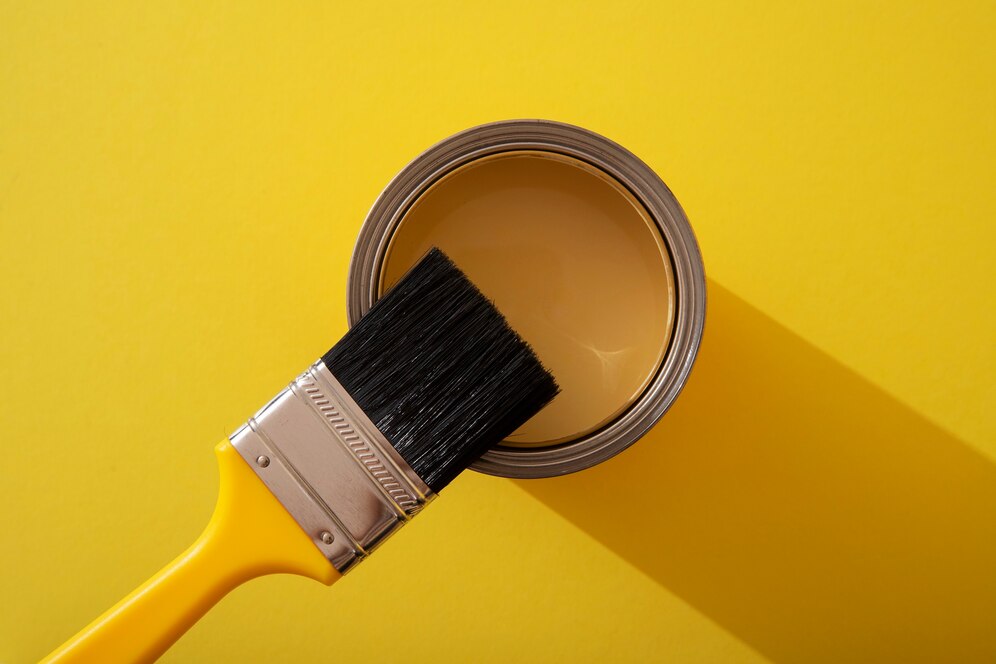When tackling a painting project, one common question is whether it’s acceptable to cut in one day and paint the next. Cutting in involves painting the edges and corners of walls with a brush before using a roller for the larger areas. Here’s a detailed look at the pros and cons of this approach, along with some tips to ensure the best results.
The Benefits of Cutting In and Painting on Different Days
- Reduced Fatigue:
- Manageable Workload: Painting can be a physically demanding task. By cutting in one day and rolling the next, you break down the job into more manageable steps, reducing fatigue and helping maintain precision and quality.
- Improved Focus:
- Better Results: Focusing on one task at a time can improve the quality of your work. When you cut in one day, you can concentrate on achieving clean, sharp lines. The next day, you can focus on evenly rolling the paint on larger areas.
- Adequate Drying Time:
- Prevents Smudging: Allowing the cut-in areas to dry overnight can prevent accidental smudging when you start rolling the walls. This is especially beneficial when using contrasting colors.
Potential Drawbacks
- Visible Lines:
- Risk of Lap Marks: If the cut-in paint dries completely, there’s a risk of visible lines where the brushed and rolled areas meet. To minimize this, try to blend the edges of the cut-in areas with the roller paint the next day.
- Consistency Issues:
- Color and Sheen Variation: If you’re not careful, there might be slight variations in color and sheen between the cut-in and rolled areas. Using the same batch of paint and ensuring thorough mixing can help maintain consistency.
Tips for Successful Painting
- Use Quality Tools:
- High-Quality Brushes and Rollers: Invest in good-quality brushes for cutting in and rollers for large areas. This ensures smoother application and better overall results.
- Blend Edges:
- Feather the Paint: When cutting in, slightly feather the edges into the wall. This helps blend the brushed edges with the roller paint seamlessly.
- Maintain a Wet Edge:
- Overlap Areas: When you start rolling the next day, slightly overlap the previously cut-in areas to blend the two seamlessly. This helps avoid noticeable lines.
- Consistent Technique:
- Use the Same Technique: Apply the same painting technique, pressure, and direction when cutting in and rolling to ensure a consistent finish.
- Keep the Room Conditions Stable:
- Control Temperature and Humidity: Stable room conditions help the paint dry evenly, reducing the risk of visible differences between the cut-in and rolled areas.
It is generally acceptable to cut in one day and paint the next. This approach can make the painting process more manageable and allow you to focus on each task more effectively. However, it’s essential to take precautions to ensure a seamless finish. By using quality tools, blending edges, maintaining a wet edge, and keeping room conditions stable, you can achieve professional-looking results even when spreading the work over two days.

